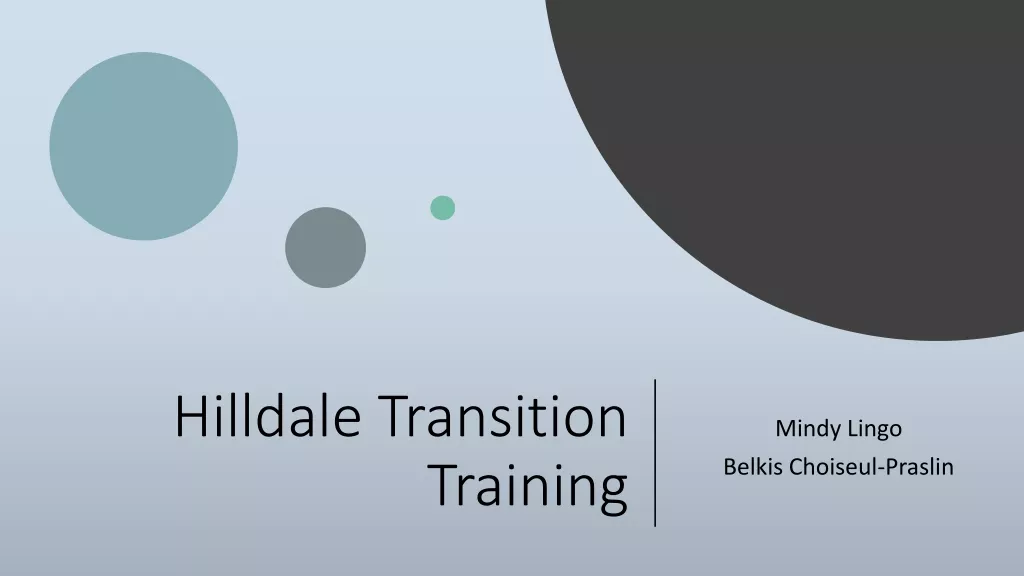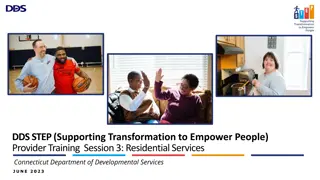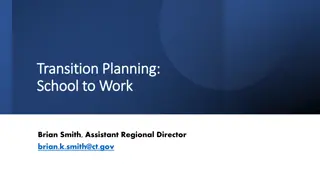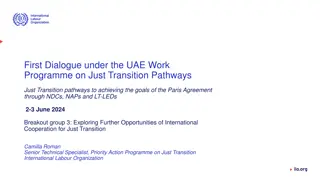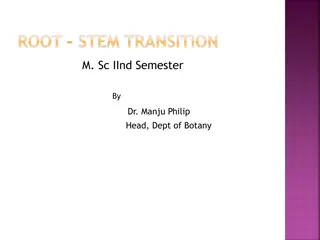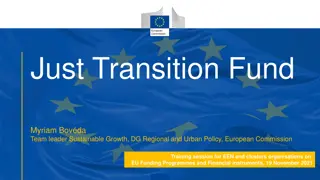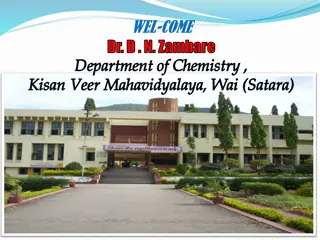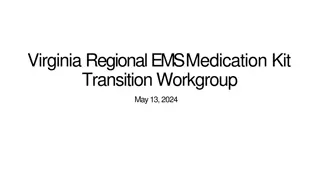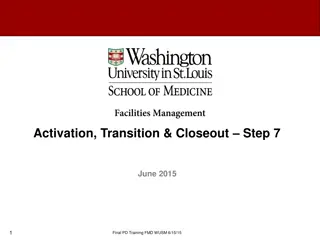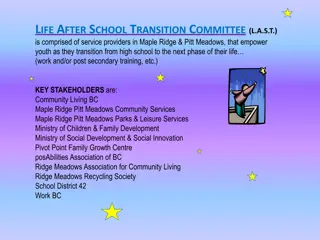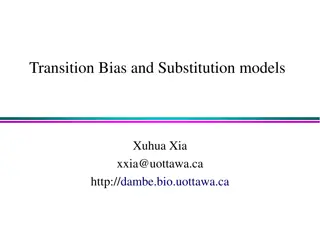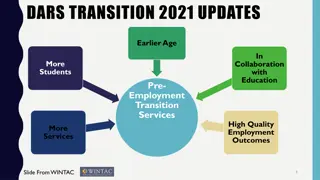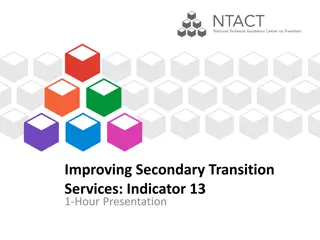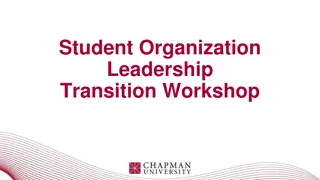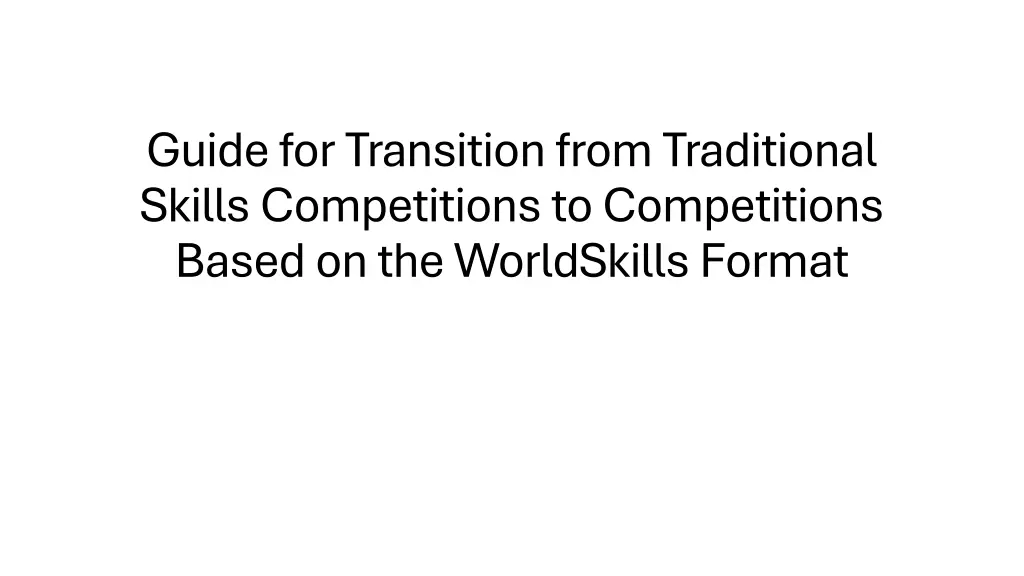
Transitioning to WorldSkills Competitions: A Comprehensive Guide
"Discover the step-by-step process of transitioning from traditional skills competitions to WorldSkills format. Explore the benefits, challenges, case studies, templates, and tools to facilitate a successful shift. Overcome common obstacles and pave the way for a more industry-aligned and competitive skills competition environment."
Download Presentation

Please find below an Image/Link to download the presentation.
The content on the website is provided AS IS for your information and personal use only. It may not be sold, licensed, or shared on other websites without obtaining consent from the author. If you encounter any issues during the download, it is possible that the publisher has removed the file from their server.
You are allowed to download the files provided on this website for personal or commercial use, subject to the condition that they are used lawfully. All files are the property of their respective owners.
The content on the website is provided AS IS for your information and personal use only. It may not be sold, licensed, or shared on other websites without obtaining consent from the author.
E N D
Presentation Transcript
Guide for Transition from Traditional Skills Competitions to Competitions Based on the WorldSkills Format
1. Introduction Purpose of the guide Target audience (teachers, school leaders, competition organizers, etc.) Benefits of transitioning to WorldSkills-style competitions
2. Understanding the Difference: Traditional vs WorldSkills Format Key characteristics of traditional skills competitions Key features of WorldSkills format (practical, industry-aligned, competency- based) Comparative table: Traditional vs. WorldSkills model
3. Why Make the Transition? Addressing limitations of traditional models Aligning VET with labour market needs Increasing the attractiveness and relevance of VET Supporting student motivation and excellence
4. Step-by-Step Transition Framework 4.1. Stage 1: Awareness & Capacity Building Engage stakeholders (teachers, principals, companies) Training on WS methodology and assessment principles 4.2. Stage 2: Designing WS-style Competitions Selecting relevant skills and themes Writing test projects (based on industry tasks) Designing marking schemes (measurement & judgement) 4.3. Stage 3: Piloting & Implementation Organizing pilot competitions at school/regional level Assigning roles (chief expert, assessors, technical support) Evaluation and documentation 4.4. Stage 4: Scaling & Sustainability Creating a multi-level competition pathway (school regional national) Involving companies as co-creators and assessors Promoting visibility and stakeholder engagement
5. Case Studies from SkillsComp Examples from Romania, Poland, Slovakia, Czech Republic Success stories and lessons learned How challenges were overcome
6. Templates and Tools Test Project template Marking Scheme template Feedback form Assessor role descriptions Planning checklist
7. Common Challenges and How to Address Them Resistance to change Lack of expertise in WS model Limited resources or time Building trust with industry partners
8. Long-Term Impact and Opportunities Linking competitions with curriculum Talent identification and career guidance Opportunities for international engagement Building a local ecosystem of excellence
Annexes Glossary of terms WorldSkills references & resources SkillsComp partner contact points Guide adaptation suggestions for other sectors


